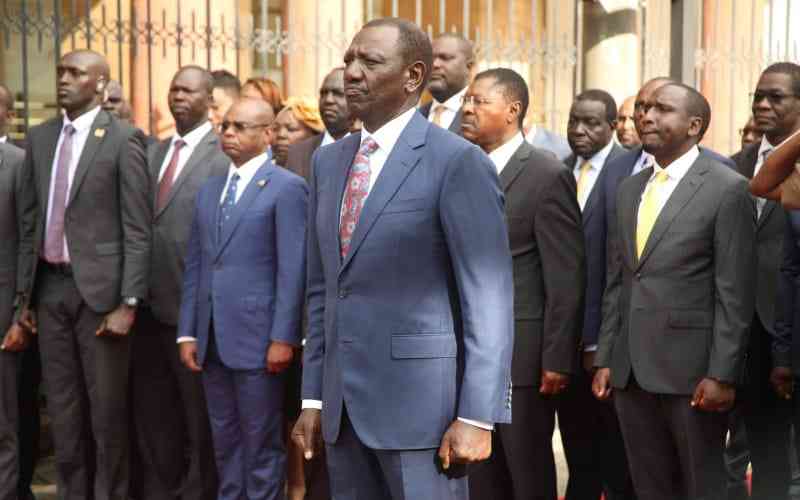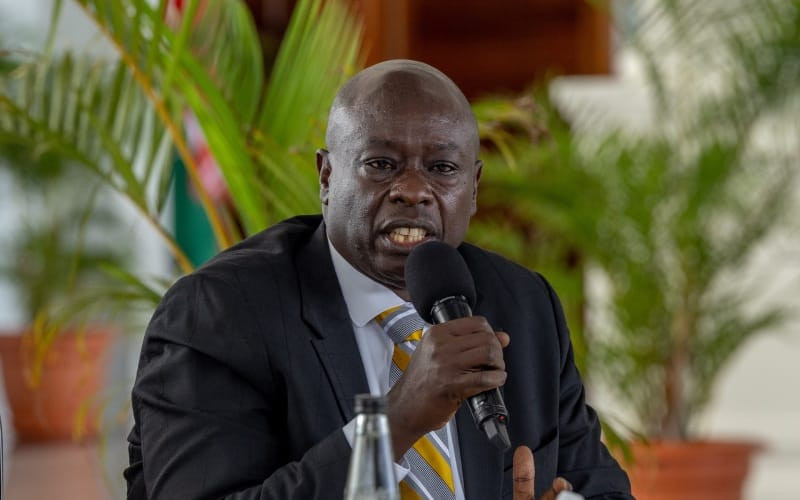“The people want the fall of the regime’. This was the graffiti written by a boy and his friends in Syria before they were arrested by the police in 2011. Immediately after their arrest demonstrations broke out in Syria in March 2011. Then known as “the Damascus Spring”, these Syrian protests marked the beginning of the end of ‘peaceful’ Syria.
Fifty-four months after the conflict in Syria broke out, the world was gripped by the hopelessness of the pictures of a three-year-old boy who, while attempting to leave Syria for more peaceful pastures with his family, drowned and his body washed up ashore.
It is an open secret that Europe is struggling with the refugee crisis that is the result of the “Arab springs” in Africa and in the Middle East. The refugee crisis in Europe today is a sad reminder that history is a wheel because the fundamental nature of man to drift to conflict in order to capture or to cling to power is unchanging.
However, it is folly for any Kenyan to surmise that the Kenyan child of today is better off than the Syrian child. In the same week that the picture of the body of the drowned three-year-old child lying face down on a beach was broadcast around the world, in Kenya there was a picture of a nine-year-old Maasai girl sleeping while seated upright at a police station. The picture of the Kenyan child did not get as much attention as that of the Syrian even in Kenya.
Josephine Kulea in 2011 posted on her Facebook page a picture of herself and a nine-year-old girl. They were seated at a police station waiting to file a complaint with the police. The nine-year-old girl sat on the bench upright, eyes closed with her head only supported by her left shoulder. Hers was the picture of abject misery and fatigue. The nine-year-old was then a Maasai wife. She had been married off at eight years as a second wife to a 45-year-old man. While at the police station she could barely stay awake because she had been hawking milk the whole day.
The Syrian boy died while his parents tried to cross the ocean to remove him from the jaws of conflict and take him into the arms of another country for his safety and well being. The Kenyan nine-year-old Maasai girl was living dead, uncared for by either the government or the society. As are many Kenyan children.
The conflict in Syria festered as resentment in people’s hearts, minds and psyche long before it manifested itself in graffiti and demonstrations and ultimately brewed into armed conflict.
Though Kenya is not at war, Kenyan children are not at peace either. They are living witnesses and victims of adults that openly embrace violence and a country that grows more violent by day and night. Though there is no armed conflict in Kenya, ‘news’ of sporadic pockets of violence amongst Kenyans in Kenya is no longer ‘news’.
It is now acceptable and accepted that Kenyans are more likely to turn to violence as the quickest fix to resolve differences of opinion. This no longer bothers our collective or individual conscience. The media will report of Syrian violence in the same tone and emphasis as it will of the deaths of three people during political party nominations in Kajiado. The use of the youth to instigate violence to disrupt two political rallies held a week apart in Makueni got no more than passing mentions in the media.
Weep not for the Syrian but for the Kenyan child too.
 The Standard Group Plc is a
multi-media organization with investments in media platforms spanning newspaper
print operations, television, radio broadcasting, digital and online services. The
Standard Group is recognized as a leading multi-media house in Kenya with a key
influence in matters of national and international interest.
The Standard Group Plc is a
multi-media organization with investments in media platforms spanning newspaper
print operations, television, radio broadcasting, digital and online services. The
Standard Group is recognized as a leading multi-media house in Kenya with a key
influence in matters of national and international interest.
 The Standard Group Plc is a
multi-media organization with investments in media platforms spanning newspaper
print operations, television, radio broadcasting, digital and online services. The
Standard Group is recognized as a leading multi-media house in Kenya with a key
influence in matters of national and international interest.
The Standard Group Plc is a
multi-media organization with investments in media platforms spanning newspaper
print operations, television, radio broadcasting, digital and online services. The
Standard Group is recognized as a leading multi-media house in Kenya with a key
influence in matters of national and international interest.








